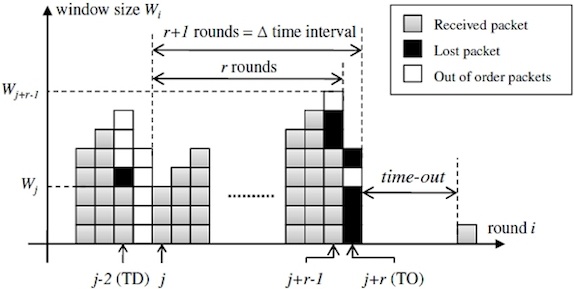
Researchers at the Massachusetts Institue of Technology have figured out how to re-architecture IP networks in order to increase data speeds by at lest an order of magnitude. Details of how they did it exactly are still somewhat confidential thanks to a non disclosure agreement, but here’s the basic idea: Today’s networks, whether they’re wired or wireless, transmit data in what’s known as a packet. Not all packets gets sent successfully, so the network often has to resend those dropped packets. This is called packet loss and it causes network congestion. These kids said to themselves why are we sending packets in the first place? Why aren’t we sending formulas that describe a series of packets? Sending the mathematical representation of a bunch of packets is not only less intensive, but if one of these so called “coded TCP” packets is lost, then simple math can be done to figure out what was missing.
During testing on a train traveling between New York and Boston, the students were able to get download speeds of over 13 megabits per second using their new networking technology, whereas those using the traditional network transmission method were hitting barely half a megabit. In another test that’s described as “more rigorous”, meaning it was done in a lab in a controlled environment, they increased speeds from 1 megabit per second to over 16 megabits per second.
Dipankar “Ray” Raychaudhuri, Director or the Winlab at Rutgers University, says he expects to see this technology become mainstream in just two to three years. All it’ll require is a simple software update, meaning new hardware isn’t going to require being purchased. The first type of networks to see this new transmission technique utilized will be 4G LTE networks, so it’ll be a while until it hits India. Several Asian countries are only just now getting LTE, and the same can be said about Europe.
Additional Reading: ExtremeTech

